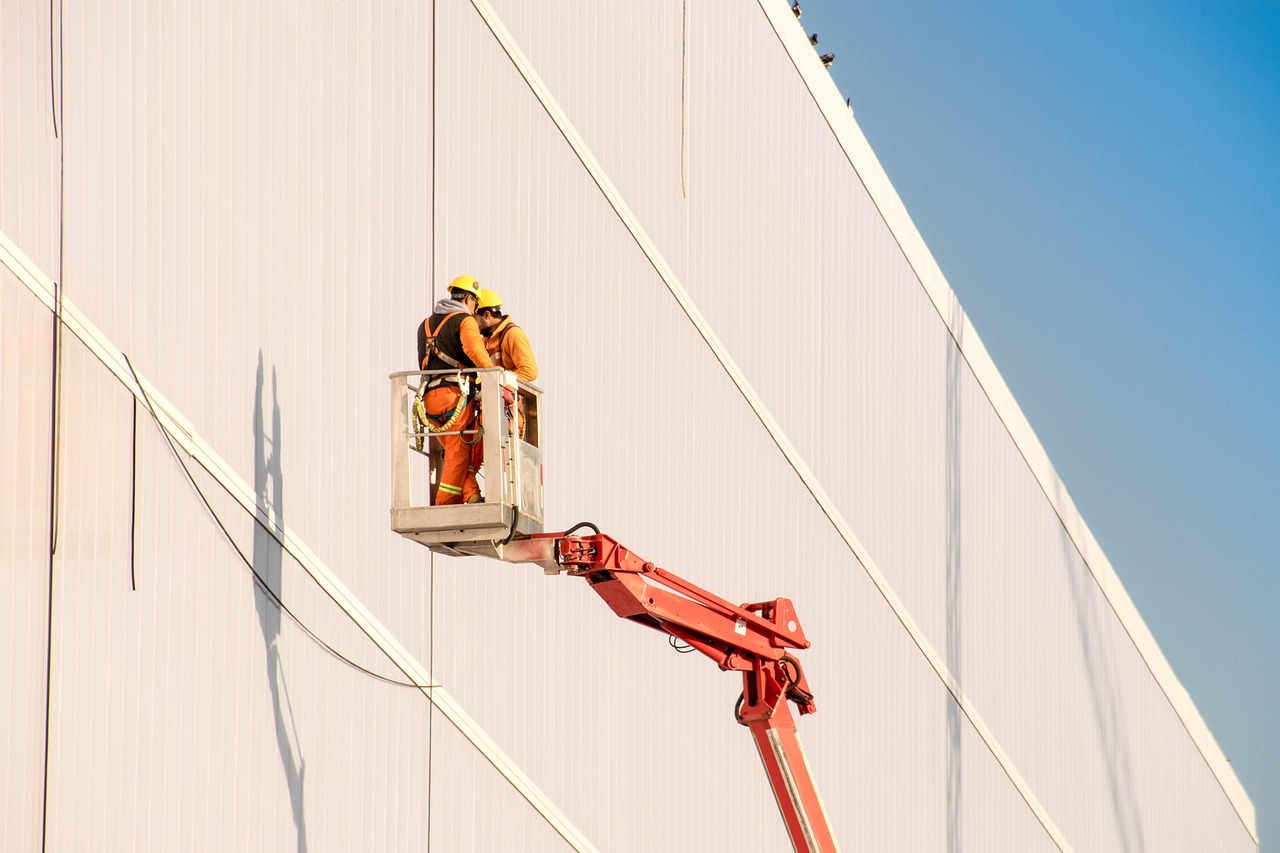TURNKEY RIGGING & CONSTRUCTION LOGISTICS
Why Rigging Is the Backbone of Data Center Builds
Data centers are more than just warehouses for servers—they’re intricate ecosystems of power, cooling, and connectivity. Constructing one takes precise coordination across dozens of trades. But one critical service often gets overlooked until the heavy lifting starts: rigging.
From the first beam set to the final server rack installation, rigging plays a role at nearly every stage of data center construction. Specialized rigging contractors don’t just move heavy things—they ensure essential systems are positioned safely, efficiently, and in alignment with both engineering plans and project timelines.
Early Stages: Structural Steel & Equipment Pads
The rigging team is often on-site long before IT gear arrives. In the earliest construction stages, they may assist with setting structural steel for rooftop platforms or mezzanines that will later hold generators, chillers, or fuel tanks. Rigging crews also help place:
- Prefabricated concrete pads
- Modular equipment skids
- Vault doors and pre-cast panels
These early activities set the tone for the entire build. If placement is off by even an inch, it can cause delays or require costly rework downstream. Turnkey rigging partners bring layout experience and laser-guided leveling tools to get it right the first time.
Mid-Stage: Heavy Infrastructure Installation
As construction progresses, rigging support becomes essential for moving in mission-critical equipment—most of which arrives oversized, overheight, or overweight:
- Diesel generators and UPS systems
- Chillers, cooling towers, and CRAC/CRAH units
- Transformers, switchgear, and battery cabinets
These components can weigh tens of thousands of pounds and often need to be installed in rooms with minimal clearance. Riggers develop detailed construction logistics plans to navigate tight spaces, protect finished interiors, and coordinate with crane operations or loading dock restrictions.
Rigging pros also align closely with electrical and mechanical contractors to ensure each piece of equipment is installed to spec—whether that means setting on vibration isolators, anchoring to a seismic pad, or integrating with structural steel.
Final Stages: White Space & IT Fit-Out
Once the mechanical, electrical, and plumbing systems are installed, attention turns to the white space—the area housing the actual servers and network equipment. Here, riggers take on a more delicate role.
Tasks often include:
- Precision placement of populated server racks
- Overhead cable tray installation
- Rigging of overhead power distribution units (PDUs) or containment systems
The key at this stage is minimal disruption. The facility is often partially live, climate-controlled, and full of fragile components. Riggers use clean room protocols, low-profile moving equipment, and non-marking materials to get the job done without compromising the environment.
Whether it’s day one or final turnover, rigging touches every major milestone in data center construction. Partnering with an experienced rigging contractor streamlines coordination, reduces risk, and keeps your project moving forward—from foundation to fiber.
Contact us
Please fill out the form below.


